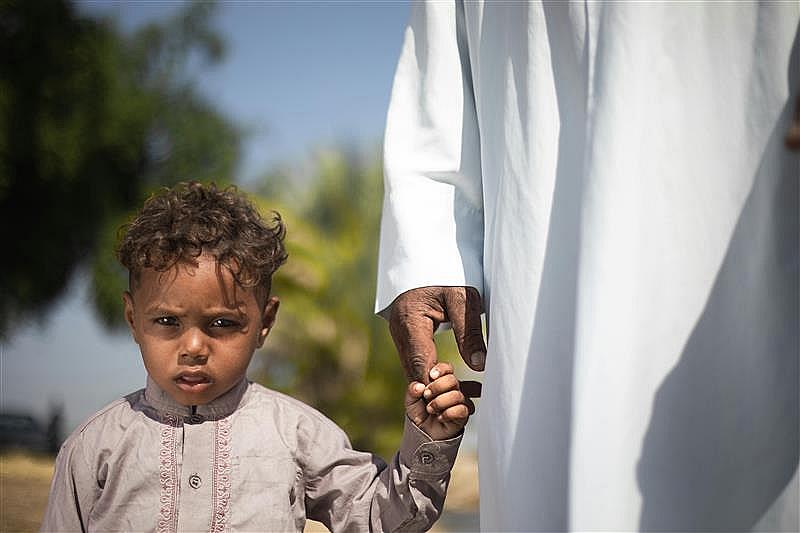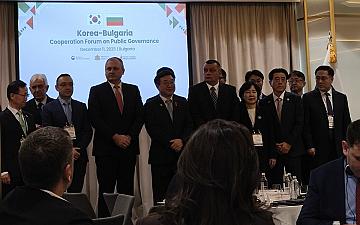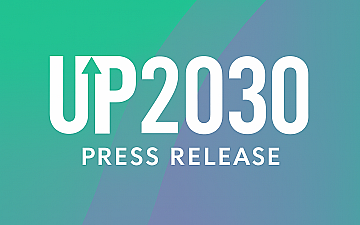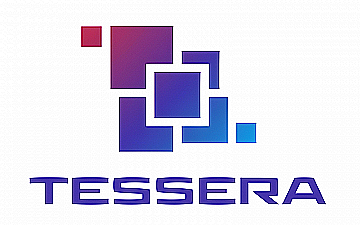When family disputes escalate, some parents may take extreme steps to keep their child - sometimes going so far as to take their child abroad without the other parent’s consent. These emotionally charged situations can lead to international child abduction cases, placing the child in the middle of a complex legal and emotional conflict.
For children, such experiences can be deeply distressing. They are often caught between two parental figures and left confused about why they had to leave their familiar surroundings. To address these sensitive cases, many countries turn to the Hague Convention on the Civil Aspects of International Child Abduction - an international treaty designed to secure the prompt return of abducted children to their country of habitual residence and uphold pre-existing custody arrangements. The Convention treats these cases with urgency, recognizing their profound legal and psychological impact.
Yet, while the Convention provides a solid legal foundation, resolving these cases through the courts can be adversarial, slow, and emotionally exhausting. This is where mediation has emerged as a powerful alternative.
What Is Mediation and Why It Matters in International Child Abduction Cases
Mediation is a form of alternative dispute resolution (ADR) that offers a voluntary, confidential, and flexible way for parties to resolve their disputes. In this process, a neutral third party (the mediator) helps facilitate communication and guide parents toward a mutually acceptable agreement.
In international child abduction cases, mediation serves as a valuable alternative to litigation. Unlike court proceedings, which can be formal, adversarial, and often time-consuming, mediation encourages cooperation and aims for long-term, child-focused solutions. It is especially effective in cross-border situations, where legal systems and cultural norms may differ significantly and make traditional litigation more complex.
Beyond its practical advantages, mediation also helps reduce the emotional toll on both parents and children. It provides a calmer, more respectful setting where parents can reflect on the impact of their actions, such as removing a child without the other parent’s consent, and better understand how conflict affects their child’s emotional well-being and sense of stability.
By fostering constructive dialogue, mediation can help parents rebuild trust, improve communication, and develop sustainable parenting arrangements that prioritize the child’s best interests. Ultimately, it offers a pathway not only to resolving the immediate dispute, but also to creating a more stable and cooperative future for the family.
Limitations of Mediation
Despite its many advantages, mediation is not always a suitable solution. In some cases, the conflict between the parties is so intense or prolonged that they are unwilling to engage in meaningful dialogue or work toward a mutual agreement. For instance, in situations involving domestic violence, mediation may be inappropriate or even harmful, as it can expose one party to further emotional or psychological risk.
Furthermore, certain legal matters, such as questions of jurisdiction or the enforcement of rights, may require formal court intervention. Ultimately, the success of mediation depends on the specific circumstances of the case and the genuine willingness of both parties to participate constructively.
Ensuring Ethical and Effective Mediation
Despite these limitations, the advantages of mediation in international child abduction disputes generally outweigh the disadvantages. For mediation to be effective, it must be conducted with professionalism, neutrality, and cultural sensitivity.
Key goals must include safeguarding the best interests of the child, ensuring balanced power dynamics, and maintaining the integrity of the mediation process. When done well, mediation supports long-term family restructuring and emotional stability for the child.
European Perspectives on Mediation in International Child Abduction: Challenges and Progress
At the European level, several legal instruments promote mediation in cross-border family disputes:
- The Brussels IIa Regulation and its successor, Regulation 2019/1111 (Brussels IIb), encourage courts to refer parties to mediation where appropriate. Article 25 specifically highlights mediation’s potential, while Article 21 ensures children's right to express their views.
- The EU Mediation Directive (2008/52/EC) obliges Member States to facilitate enforceable mediation agreements, enhancing the process’s practical impact.
- The European Code of Conduct for Mediators, although not binding, provides professional standards for mediators across the EU, emphasizing impartiality, competence, and confidentiality.
Despite these progressive frameworks, real-world challenges remain. Language barriers, varying mediation standards, and different legal traditions can hinder effectiveness. Furthermore, enforcing mediation agreements across borders remains a complex task.
Promising Models and Looking Ahead
Despite these challenges, integrated mediation models are becoming increasingly recognized across Europe.
Organisations such as MiKK and Reunite have shown that, when appropriately supported, cross-border family mediation can lead to meaningful and lasting resolutions. MiKK, for example, has successfully facilitated numerous mediations involving families from different countries and legal systems.
To further strengthen these models, future efforts should focus on:
- Greater mediator training in cross-cultural competence,
- Stronger cross-border cooperation mechanisms,
- And better awareness among legal practitioners and parents about mediation’s availability and benefits.
Conclusion
International child abduction cases are among the most emotionally and legally complex disputes. While the Hague Convention provides essential legal tools, the courtroom is not always the most suitable forum for resolving such deeply personal conflicts.
Mediation offers a more humane, efficient, and child-centered alternative - one that fosters understanding, cooperation, and long-term stability. When applied ethically and with professional rigor, mediation doesn’t just settle disputes, it helps families move forward.
For mediation to fulfill its full potential, continued efforts are needed to strengthen its legal framework, support mediators, and promote cross-border collaboration. In doing so, we not only uphold the rule of law but also protect what matters most: the well-being of the child.









